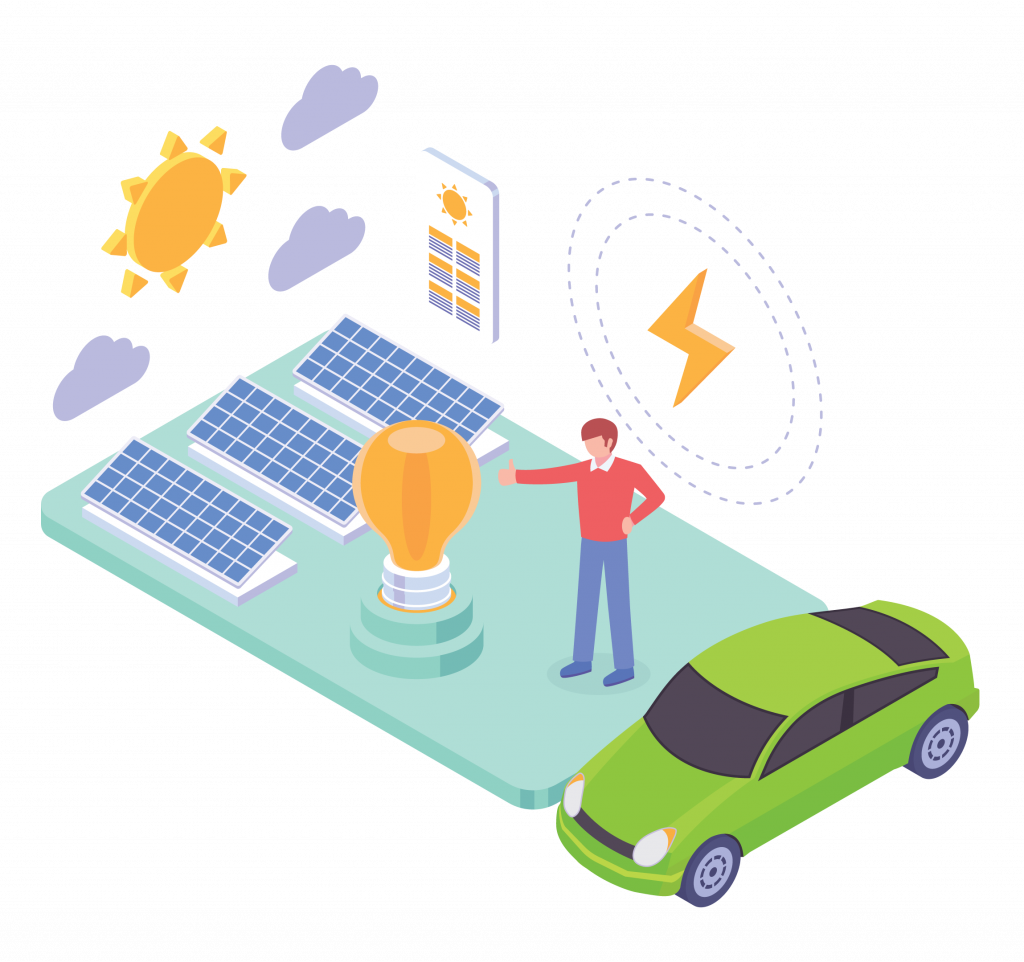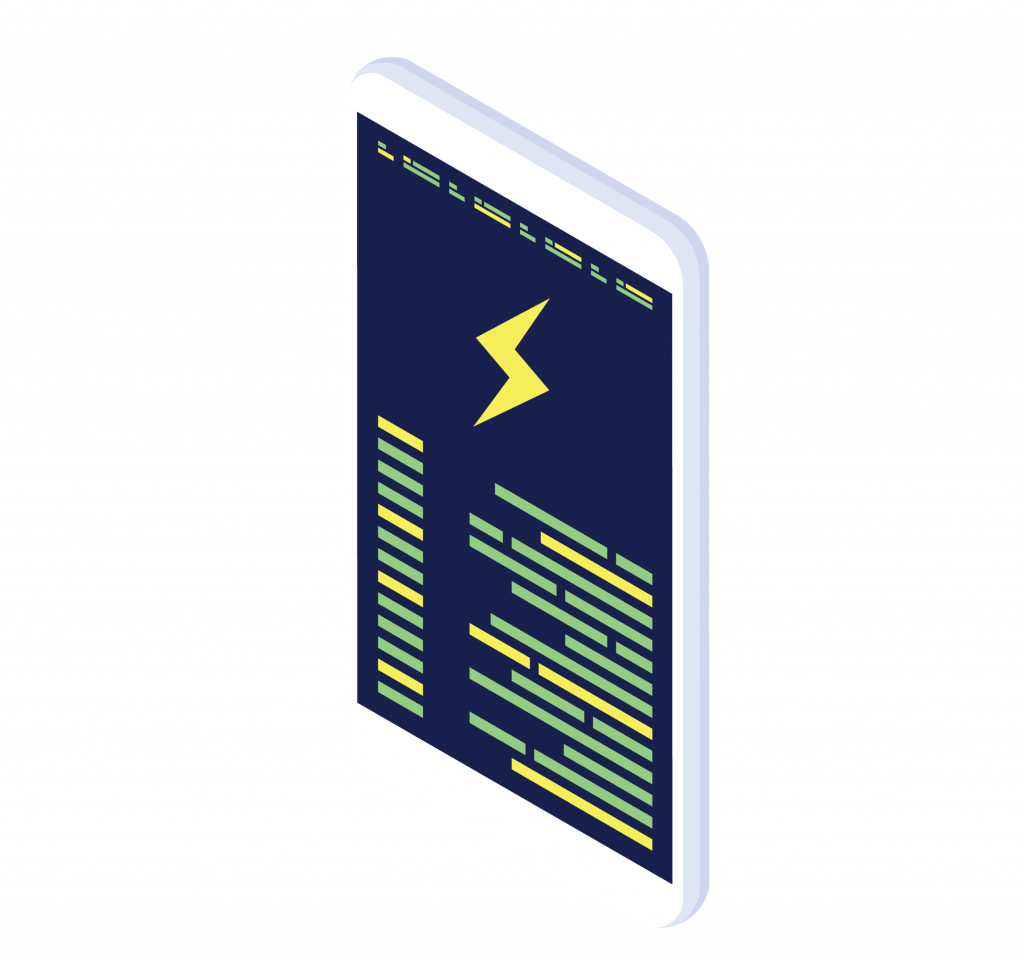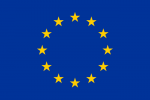In 2021, the European Commission increased the target of greenhouse gas emission reduction to at least 55% below 1990s levels by 2030. To reach these ambitious climate goals, citizens need to play a much more active role in transforming the energy sector. This is exactly what we aim to achieve in the citizen science project AURORA.
One of the objectives of AURORA is to create the first generation of Near-Zero Emission Citizens. To achieve this, we are developing a Near-Zero Emissions Citizen Label, which citizens can use to understand the emissions linked to their energy-related behaviour, including electricity, heating and cooling, and transport. The rationale behind it is simple: European citizens are no strangers to energy efficiency labels for houses and appliances, so could we develop a scheme that tells citizens what their emissions related to energy consumption are and how they compare to the European Green Deal targets?
We understand that there are already full-fledged carbon footprint calculators available in different languages in use in different countries, and AURORA does not plan to develop yet another calculator. Instead, the intention is for the labelling system to work as a “personal trainer,” which citizens can use to quickly to understand what the emissions related to their energy behaviour imply, as compared to the European Green Deal target. This labelling system will become the backbone of the AURORA mobile app, where citizens provide relevant data on their energy consumption, understand the associated emissions, and receive customised suggestions on how to reduce their consumption. Through this, we will raise new awareness about energy use among citizens in associated countries to drive behavioural change.

The following three sectors are included in the citizen carbon emission labelling in AURORA: household electricity, heating and cooling, and transport. These sectors are closely related to energy consumption, and the carbon emission estimation is less complicated to measure than other aspects, such as food. This makes labelling more straightforward for citizens and will direct their attention to energy-related behaviours. In addition, it is easier to drive behavioural changes in these sectors, such as opting for using public transport over private cars or switching to renewable energy sources.
The Near-Zero Emissions Citizen Label will be country-specific, as different countries have different patterns in energy consumption and production. For example, citizens in Denmark and Portugal do not spend the same amount of energy on heating. The label will be tested at the five AURORA demo sites in Denmark, Portugal, Spain, Slovenia, and the UK. The project consortium is also exploring possibilities to include other EU member states.
One question remaining is whether using the EU 2030 targets (25% reduction in energy demand and 16% reduction in passenger transport compared to 2015 levels) as the Near-Zero emission level in the label is too ambitious for a 3.5-year time span? Marta Victoria, the work package leader for the development of the labelling scheme, responds: “To achieve zero emissions would require citizens to do much more. Since we are choosing to focus on electricity, heating, and transport, we believe “near-zero” is more appropriate. Of course, some citizens will find it easier to reach the Near-Zero emission target and others may take a bit longer. In addition, the EU target is expected to increase due to new policies and the changing geopolitical situation, so we believe it still makes sense to use the current 2030 target in the label as the Near-Zero level.”

Finally, although AURORA has chosen to focus on household electricity, heating and transport, future projects could be dedicated to expanding the labelling system, adding more sectors (food and drink consumption, for example) to the calculations.
Currently, the label is being reviewed/revised by external experts and the project consortium expects to launch it later this year.
Author:
Zhe Zhang
Department of Mechanical and Production Engineering
AURORA demonstration site
Aarhus University, Denmark



